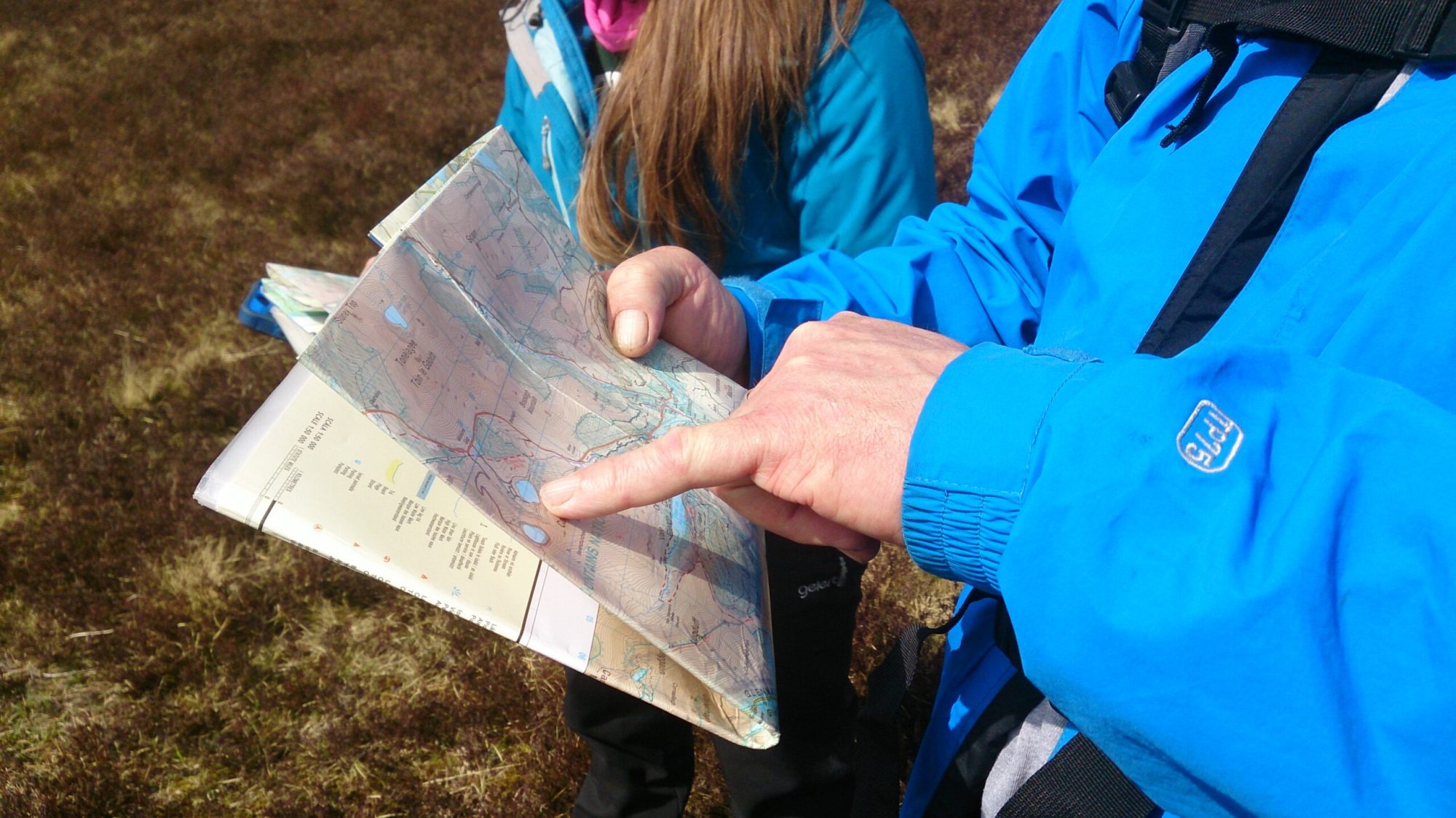Hill Skills Series – Navigation; setting the map

Setting the map is a fundamental navigational skill that all competent mountain navigators should be familiar with.
When you open out a map, you intuitively hold it rather like a newspaper, so the writing can be read the correct way up. The straight lines you see running up and down the map are the north/south grid lines and the top of the map points to grid north.
But north on the map is not necessarily lined up with north on the ground, in the landscape around you. By lining up, or orienting, north on the map with north on the ground you are setting the map.
But why do we want to do this?
When the map and ground are aligned together, then a hill to your right will be also be to the right of your position on the map; and a river to your left will be seen as a river to your left on the map. As long as your current position is known, this enables you to transfer your intended direction of travel on the map to a direction of travel on the ground, and can avoid costly errors and confusion.
It should be the first thing you do when looking to start a new navigation leg.
Setting the map can be done in one of two ways.
- By aligning it with the features you see around you and can recognise on the map, such as hills, rivers, buildings and forests.
- By using your compass, this method is useful when there are few visible features; if you are in a forest for example, or visibility is very low.
Setting the map using features
Stand with the map held in front of you and rotate your map and yourself together until features you see in the landscape line up with features you can identify on the map; a hilltop in the landscape with the corresponding hill on the map, or a lake with the corresponding lake on the map. You should be able to draw an imaginary straight line between you, the feature on the map and the feature in the landscape.
Your map is now set, and if you know your current position, you can identify your direction of travel on the ground.
If you are not sure of your position setting the map will also help you find your approximate location; by identifying several features on the ground and their distance from you, and translating that onto the map. This is a simple, but effective, re-location technique.
Setting the map using a compass
If there are no suitable visible features to align with the map, if you are in a forest or visibility is poor, then it is possible to set the map using a compass.
The red end of your compass needle points to magnetic north, and by lining this up with the north/south grid lines on the map you will have set the map to a reasonable degree of accuracy.
For complete accuracy you would need to take account of the magnetic variation, the difference between grid north and magnetic north at your location. It will change with time, and depending on where you are. The magnetic variation for your location will be found in the margins of your map, usually with the legend, and should be added or subtracted from the 0° bearing accordingly.
Setting the map in this way can be done in three straightforward steps.
- Rotate the housing (dial) of the compass until the red orienting arrow in the housing is aligned with the direction of travel arrow on the compass baseplate. The bearing should read 0°, or north, adjust for magnetic variation at this point if you feel it necessary.
- Place the compass on the map and line up the edge of the baseplate with the north/south gridlines on the map.
- Carefully holding the map and compass together, and keeping them horizontal, rotate them together until the red end of the magnetic needle is aligned with the red orienting arrow in the compass housing, (also called putting red in the shed!).
The map is now set, (facing north), and by taking away the compass and holding the map steady you can now determine your direction of travel on the ground.
Mountaintrails are a guided hiking and mountain skills training business in Dublin, Ireland.
You can find out more about their navigation courses by checking out the Mountaintrails website.
